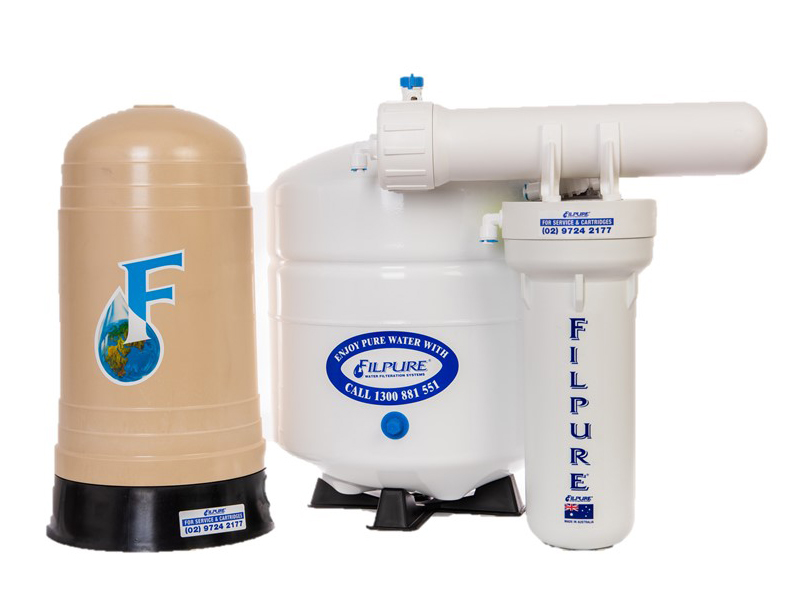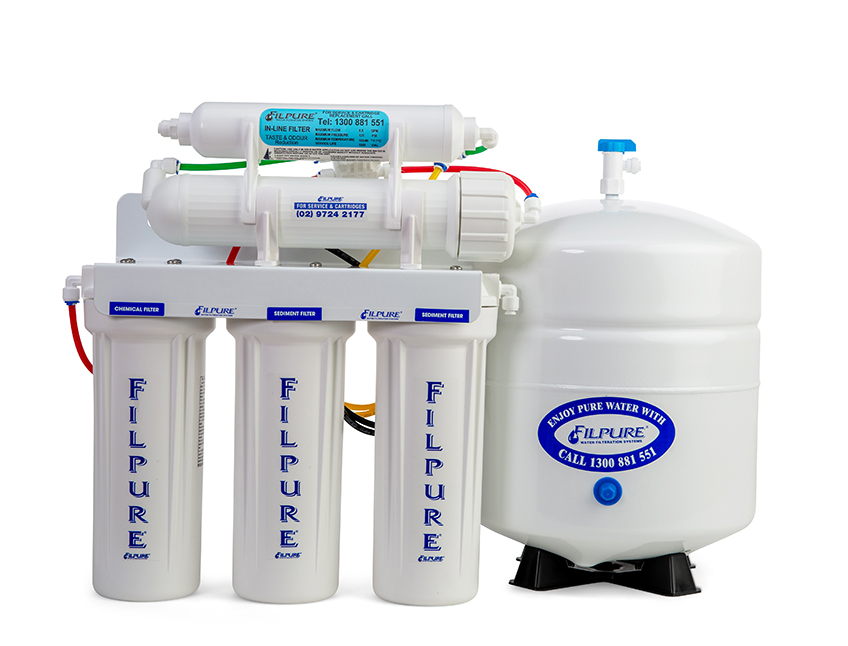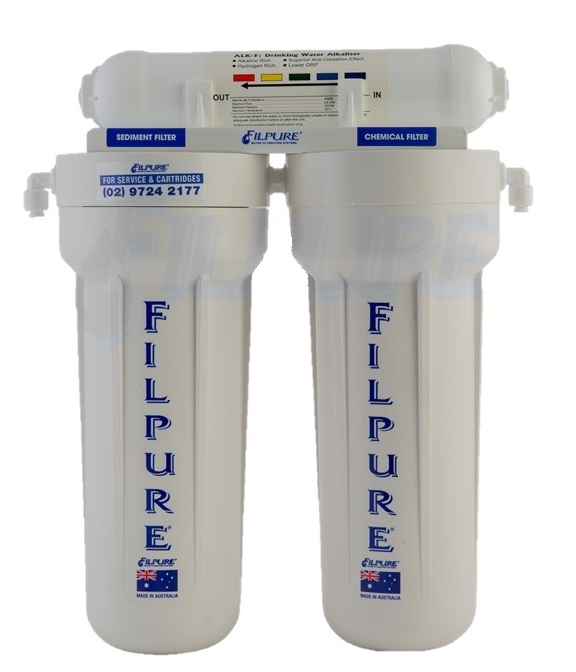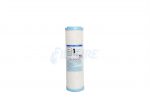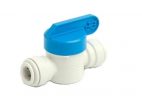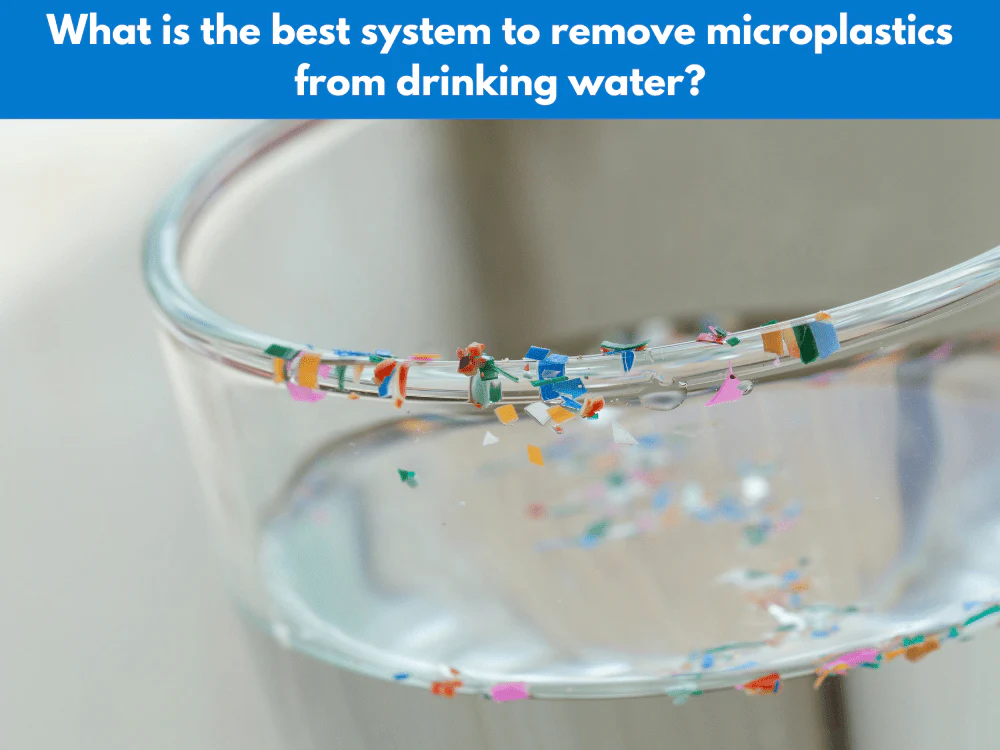
Best Water Filtration Systems to Remove Microplastics
Microplastics, tiny plastic particles less than 5mm in size, are a growing environmental issue. These particles have infiltrated our oceans, soils, food chain, and even our drinking water. To tackle this problem, it’s essential to use effective water filtration systems. Filpure Water Filtration Systems in Sydney, Australia, offers several solutions, including reverse osmosis systems, whole house water filtration, and under sink water filters. Let’s explore these methods in detail.
Reverse Osmosis Systems
Reverse osmosis (RO) systems are highly effective at removing microplastics from drinking water. These systems use a semi-permeable membrane to filter out contaminants, including microplastics.
Filpure Reverse Osmosis System
The Filpure Reverse Osmosis System stands out due to its innovative features. This system employs the new “ Technology” and includes five internal filters, one of which is an advanced carbon filter media with NSF/ANSI 42 and NSF/ANSI 61 certifications. These certifications ensure high-quality filtration and significant contaminant reduction.
Optionally, the system reintegrates alkaline minerals into the water post-filtration, keeping it mineral-rich and healthful. It also has the capacity to generate antioxidants, enhancing the overall quality of the water.
Whole House Water Filtration
Whole house water filtration systems treat all incoming water to a home or establishment, ensuring that every tap dispenses clean and safe water. These systems can effectively remove microplastics and other contaminants.
Activated Carbon Filters
Activated carbon filters can adsorb a wide range of contaminants, including some microplastics. While their effectiveness can vary, advanced carbon filter media, like those used in the Life Sciences system, can offer superior results.
Under Sink Water Filters
Under sink water filters are installed under the kitchen sink, providing a convenient solution for clean drinking water. These filters can efficiently remove microplastics and other harmful substances from your water.
Ultrafiltration
Ultrafiltration systems use membranes with very small pores, typically ranging from 0.01 to 0.1 micrometers, to eliminate most microplastics. These systems are highly effective at ensuring clean, contaminant-free water.
Other Effective Filtration Methods
Distillation
Distillation involves boiling water and then condensing the steam back into liquid form, leaving microplastics behind. While effective, this method can be energy-intensive.
Advanced Oxidation Processes
These processes use powerful oxidizing agents to degrade various contaminants. They are typically used in specific industrial settings due to their complexity.
Mechanical Filtration
Mechanical filtration employs fine mesh filters to remove larger microplastic particles. However, its effectiveness diminishes with smaller particles.
Considerations for Choosing a Filtration System
Maintenance is Key
All filtration systems require periodic maintenance to remain effective. Following the manufacturer’s guidelines is crucial to ensure optimal performance.
Diverse Solutions
While microplastics are a significant concern, choosing a system that also addresses other contaminants will provide comprehensive water treatment.
Economic and Environmental Aspects
Consider the cost and environmental impact of the filtration system. Some systems, though effective, might be expensive or have a substantial environmental footprint.
Conclusion
Understanding the contaminants in your water supply is essential for selecting the right filtration system. For those primarily concerned with microplastics, the Filpure Reverse Osmosis System is an excellent choice. Its advanced filtration mechanisms, combined with optional features like mineral reintroduction and antioxidant generation, make it a superior option for ensuring clean and safe drinking water.


